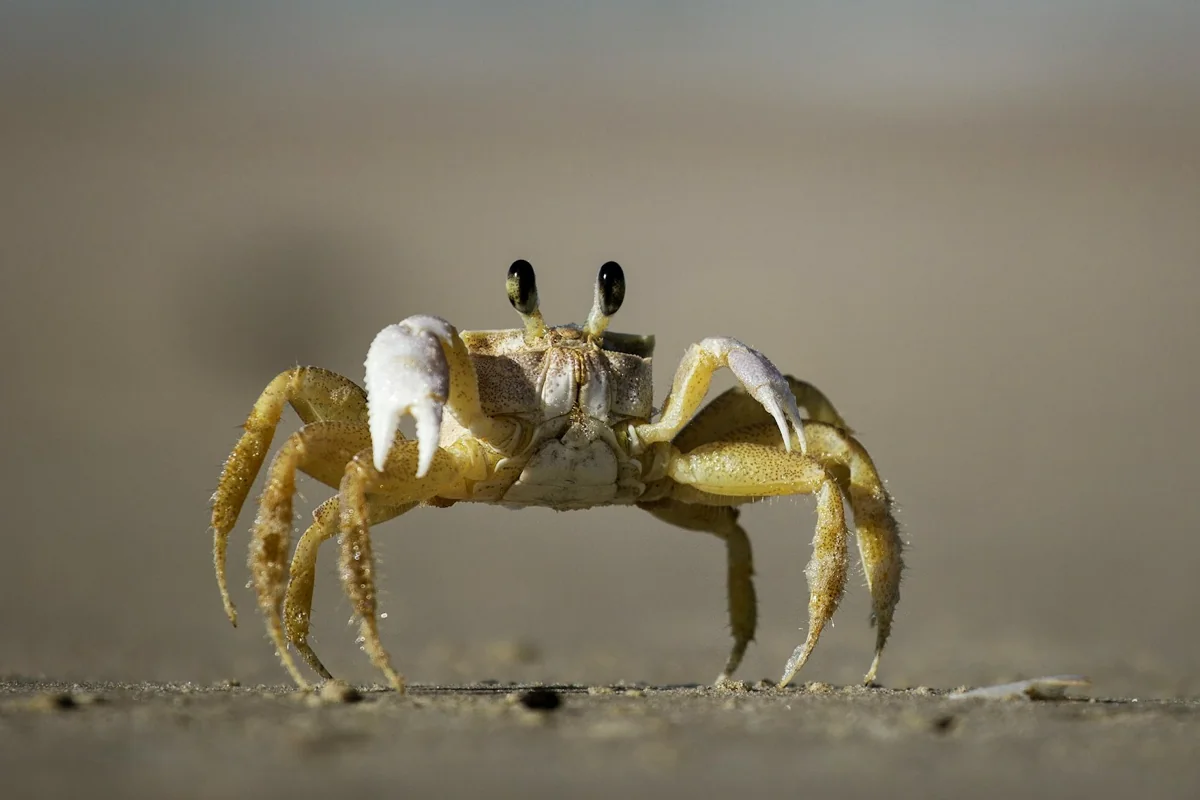
Widespread crab burrows enhance greenhouse gas emissions from coastal blue carbon ecosystems
...further clarifying the impact of crab burrows on the carbon budget is crucial for understanding the complexity of blue carbon systems and the relative importance of biological interactions.
Coastal wetlands at the land-ocean interface provide habitat for organisms, enhance biodiversity, filter nutrient pollution, and exhibit the highest area-based rates of carbon burial on Earth. Saltmarshes and mangroves, referred to as “blue carbon” ecosystems, are perceived as global champions in carbon sequestration. However, coastal wetlands release carbon and greenhouse gases when sediment porewater flushes out sediments. The net carbon sequestration potential and overall carbon budget of coastal wetlands remain subject to debate due to the intricate interplay of processes driving carbon sequestration and greenhouse gas emissions.
Coastal wetlands are unique blue carbon ecosystems with low primary sediment permeability but high secondary permeability due to benthic burrows which can lead to oxygen penetration periodically and highly variable organic matter accumulation and decomposition rates. In most coastal wetlands, fiddler crabs act as ecological engineers enhancing soil-water-atmosphere exchange through burrowing, foraging, and courtship behaviors. Burrows promote hydrological connectivity and sediment transport, biogeochemical cycles of redox-sensitive elements (e( article continues at Nature )